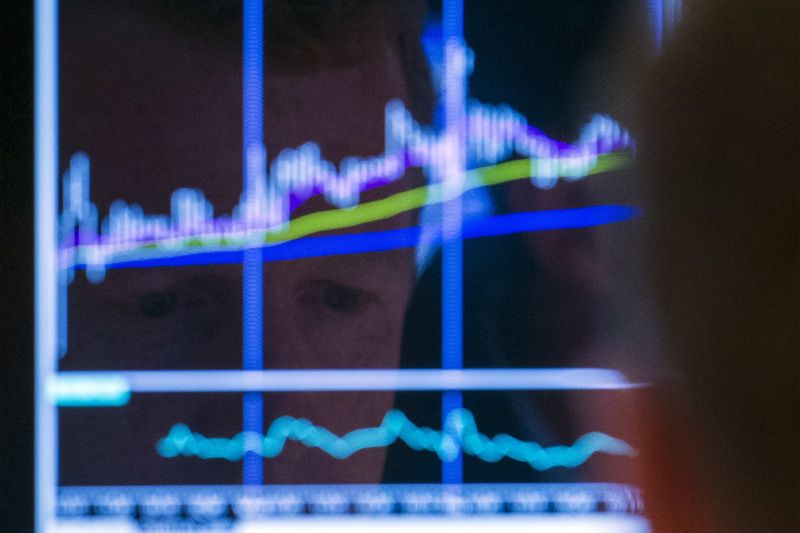Canada Goose Holdings (TSX:GOOS)(NYSE:GOOS) has been on a rollercoaster ride ever since it listed. Debuting on the stock exchange at $23 in early 2017, the stock was trading above $92 by the end of 2018. It’s now down to $55.
The luxury retailer rode the wave of excitement over its listing all the way to a historic peak by setting expectations high. When it failed to meet those expectations in its latest earnings report and cut the forecast for growth moving forward, investors swiftly punished the stock. It fell over 30% the day after the financial results.
While the stock has recovered from that blow, it’s still trading far below its historic high from last year. Which begs the question: is the Canada Goose growth story over or just getting started? Here are three reasons why investors who sold in the recent wave of panic have created an attractive opportunity.
Luxury margins Luxury goods and stocks tend to trade in a parallel universe with unique rules. While the dynamics of supply and demand play out like physical realities in most markets, luxury goods, like the ultra-expensive outerwear Canada Goose sells, arguably fit the definition of what economists might call “Veblen goods.”
A Veblen good is an item that generates more demand when the prices are raised. Exotic cars and rare wines are great examples, but the companies that really leverage this dynamic are large-scale luxury retailers like Cartier and Gucci.
While there’s no standard way of defining a company as a luxury retailer, I would argue that above-average profit margins are a clear indication of the Veblen effect. Goose has a gross margin of 25%, as compared to Gucci-owner Kering’s 32.5%, putting them both in roughly the same league.
Luxury peers Now that we’ve found the company’s closest peers, it’s worth comparing Goose’s valuation with other luxury retailers that are public. Stocks like LVMH, Kering (PA:PRTP), and Apple (NASDAQ:AAPL) (which I would argue is also a luxury retailer) trade at price-to-earnings (P/E) ratios of between 17 and 31. Goose, meanwhile, trades at a ratio of 43 after the recent plunge.
It’s important to note that all the luxury brands I’ve mentioned are well-established conglomerates with many times the market capitalization of Goose, which means that the company has plenty of room to expand internationally and the higher growth rate justifies a premium P/E ratio. One critical aspect of that growth is the company’s recent entry into China.
China China is, by far, the largest consumer of luxury goods in the world. According to Bain & Company, Chinese shopping of luxury goods represents over 33% of the global market already and the growth is in double digits every single year.
When Canada Goose opened its first flagship store in Beijing in December, 2018, there was a long line of eager buyers queuing outside. That line is a clear indication that Chinese consumers are excited about the brand and it is likely to overcome the current political tensions between its home country and China.
Foolish takeaway Canada Goose is already on track to become a global luxury brand in a niche sector of the retail industry. The recent plunge in market price presents a clear opportunity for long-term investors to get in.
Fool contributor Vishesh Raisinghani has no position in any of the stocks mentioned. David Gardner owns shares of Apple. The Motley Fool owns shares of Apple and has the following options: long January 2020 $150 calls on Apple and short January 2020 $155 calls on Apple.
The Motley Fool’s purpose is to help the world invest, better. Click here now for your free subscription to Take Stock, The Motley Fool Canada’s free investing newsletter. Packed with stock ideas and investing advice, it is essential reading for anyone looking to build and grow their wealth in the years ahead. Motley Fool Canada 2019
